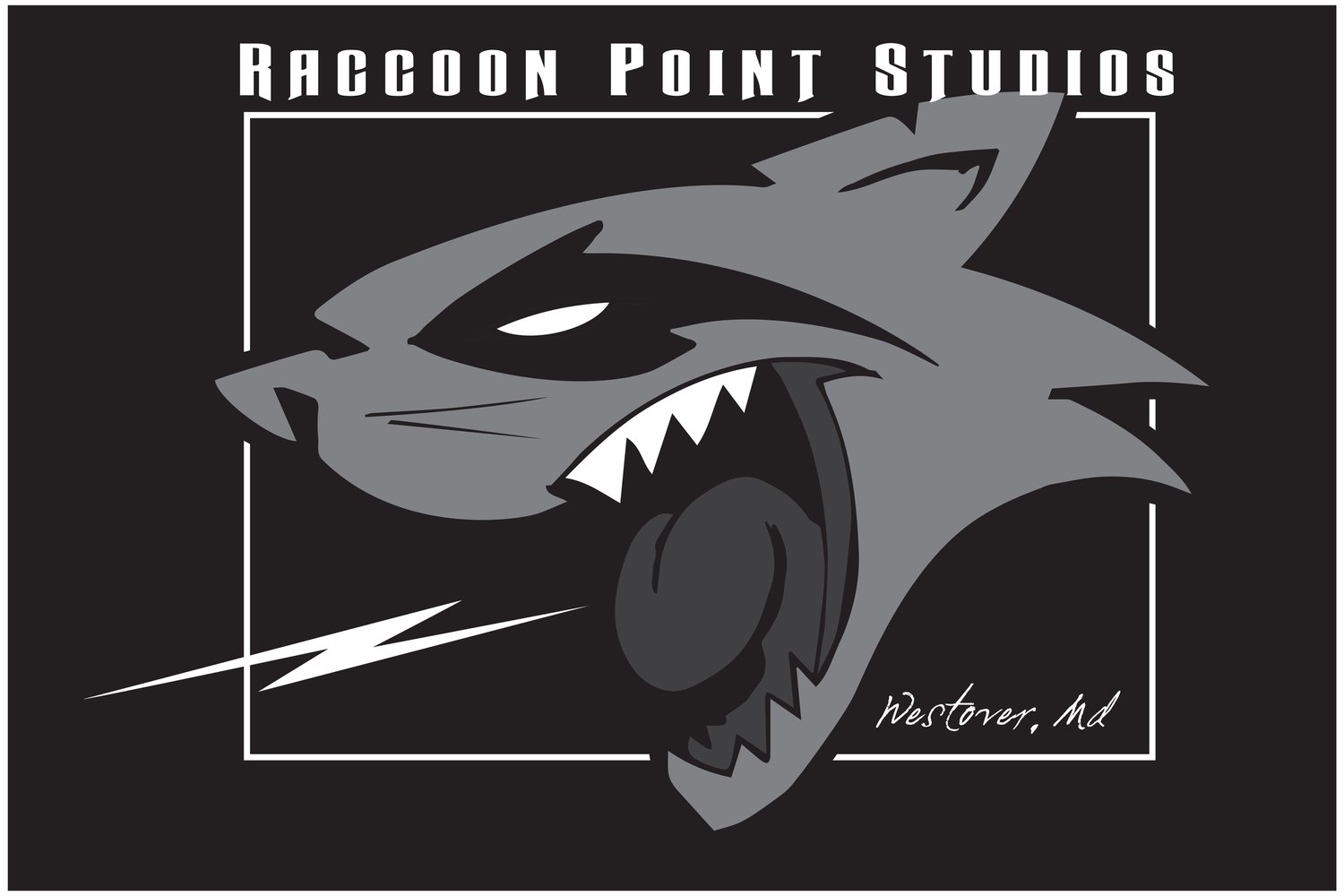The Role of EQ in Music Recording and Production: A Beginner’s Guide
Let’s look into one of the most essential tools in your audio production toolkit: EQ.
Short for equalization, EQ can shape and sculpt your sound in ways that bring your recordings to life. Understanding EQ is crucial. So, let’s break it down!
What is EQ?
Equalization is adjusting the balance between different frequency components in an audio signal. It's like adding seasoning to cooking - a pinch of salt here, a dash of pepper there - to enhance the overall flavor. In music, these "seasonings" are the frequencies that make up the sound of an instrument or voice.
Why is EQ Important?
EQ is essential for achieving clarity and balance in your mix.
1. Enhancing Instruments:
Each instrument has its unique frequency range. EQ allows you to boost the desirable frequencies and cut the ones that muddy the mix.
2. Creating Space:
In a mix, multiple instruments compete for space. EQ helps in carving out specific frequency ranges for each instrument, ensuring they don’t clash.
3. Correcting Problems:
Sometimes, recordings have unwanted noise or frequencies. EQ can help reduce or eliminate these issues.
4. Shaping Tone:
Want your guitar to sound warmer or your vocals to cut through the mix? EQ can help achieve these tonal qualities.
The Basics of EQ
EQs come in various forms – graphic, parametric, and shelving, to name a few. Here’s a quick overview:
- Graphic EQ:
Features fixed frequency bands with sliders to adjust the gain. It’s great for broad adjustments.
- Parametric EQ:
Offers control over frequency, gain, and bandwidth (Q-factor), providing precise adjustments.
- Shelving EQ:
Boosts or cuts frequencies above or below a certain point, often used for broad tonal shaping.
How to Use EQ in Your Mix
Let’s walk through some practical tips on using EQ effectively:
1. Cut Before You Boost:
Start by cutting unwanted frequencies rather than boosting the desired ones. This helps in maintaining a natural sound.
2. Identify Problem Frequencies:
Use a narrow Q-factor to sweep through frequencies and identify problematic areas. Once found, gently cut those frequencies.
3. Use High-Pass and Low-Pass Filters:
Remove unnecessary low-end rumble with a high-pass filter and unwanted high-frequency hiss with a low-pass filter.
4. Enhance Key Frequencies:
Boost frequencies that enhance the character of the instrument. For example, boost around 3-5 kHz to add presence to vocals.
5. Be Subtle:
Small adjustments can make a big difference. Avoid extreme boosts or cuts unless necessary.
Common Frequency Ranges
Here’s a cheat sheet for common instruments:
- Vocals: 100-300 Hz (warmth), 3-5 kHz (clarity), 10-15 kHz (air)
- Guitar: 80-120 Hz (body), 2-4 kHz (attack), 5-8 kHz (brightness)
- Bass: 40-100 Hz (thump), 700-1 kHz (attack), 2-5 kHz (presence)
- Drums: Kick (60-100 Hz), Snare (1-2 kHz), Hi-hat (7-10 kHz), Toms (100-300 Hz)
Remember-experimentation is the key to mastery here!!!!
Final Thoughts
EQ is a powerful tool that, when used correctly, can elevate your recordings from good to great. It’s all about finding the right balance and making subtle adjustments to let each element of your mix shine. Remember, practice makes perfect, so keep experimenting and trust your ears!
Feel free to reach out if you have any questions or need more tips on EQ and music production.
Hey, we’re RPMusic Studios, a real-life Recording Studio on the beautiful Eastern Shore of Maryland. We love our recording studio, YouTube Channel, and Blog, and we hope you do too. If you enjoyed this post, don’t forget to SUBSCRIBE below. And feel free to visit our website, follow us on social media, and drop us a line anytime. We’d love to hear from you! 🎸
If you think someone will like what we do, please forward!
Search for Used Gear Here:
Take a look at our Reverb Shop Here:
Disclaimer: These are affiliate links, which means we receive a commission if you click on them and make a purchase. This is at no additional cost to you and it helps us fund our business and bring you more helpful content. We only recommend products that we believe in. Thank you for your support!

